In this in-depth interview, he shares some of his techniques, tips, tricks and lessons learned from 25+ years in sound - including 25 videos from his Lord of The Rings recording sessions, video tutorials & more:
Written by Doug Siebum, photos courtesy of Leigh Ann Farmer
Doug Siebum (DS): Hi David and thanks for joining us. Can you tell us about your background and how you got started in film sound and how your career progressed to being sound designer on films like the Lord of the Rings and Avengers: Infinity War?
David Farmer (DF): I started as an intern at EFX Systems in Burbank CA. I was fortunate to have Harry Cohen as my mentor early on. He is a unique talent and a great person to boot. That was a relatively small facility and we had a variety of both films and TV shows, but very small crews to get it all done. Usually one person had to handle the TV shows by themselves (sound effects-wise). I actually started by doing all the backgrounds for a few TV shows. I worked the night shift and had one night to get each show done. They were shows like Renegade and Silk Stalkings. I started cutting and making a few of the easier sound effects as well, if the editor in charge needed it. From there I started doing backgrounds for more of the features we had. And likewise started doing a few more of the sound effects for the features. Early ones were The Mask, Dumb & Dumber, and Disclosure. My first feature film as the Sound Designer was Mortal Kombat.
I was recruited to do the film “The Arrival” at Skywalker Sound around 1996. During that stay I met Chris Boyes and he continued to hire me for design work on films like Con Air and Armageddon. Chris actually was the one to recommend me to Peter Jackson for the Sound Design gig on the Lord Of The Rings (LOTR) films.
DS: The term sound designer is often thrown around and I think sometimes people get confused as to it’s meaning. Can you define for us in your own words the difference between a sound designer and a supervising sound editor?
DF: The term Sound Designer has shifted quite a bit over the years. Ultimately the supervisor is in charge and has to deal with the budgeting, scheduling, and typically the creative content as well. The role of Sound Designer is sometimes the creative lead for the sound effects, and sometimes someone hired to just be inventive and create special sounds.
[tweet_box]David Farmer shares tips, tricks & techniques from 26 years in sound[/tweet_box]
DS: The current topic is technique, can you talk about some of the sounds that you created for the Lord of the Rings trilogy or the Hobbit and some of the techniques involved?
DF: All of the LOTR and Hobbit films had a similar aesthetic, which was pretty much as natural as it could be. Everything from the Ringwraiths, Cave Troll, Balrog, Gandalf magic, Smaug, and so on had to sound as realistic as possible. There was very little to no sci-fi type sounds involved, as they just didn’t work at all to what we saw on screen.
As boring as this might sound, there was just a lot of recording and hunting for just the right sound for each thing. There was enough time to try lots of things and see what worked and what didn’t. The Cave Troll for instance went through 3 versions before it wound up where it did, which was by far the best version.
The wraiths wound up being one of the more processed creatures, but it was mostly just pitching things up. It was made out of Fran Walsh’s screams, and my own vocals as well pitched way up. There were some metal squeals in there as well to add a “nails on the chalkboard” grating sound.
David Farmer has compiled an extensive playlist documenting his recording sessions for Lord of the Rings. Slide out the playlist track view when playing to navigate between the clips.
1: Logs • 2: Fell Beast Wings • 3: Logs • 4: Logs • 5: Arrow Interior • 6: Hobbit Knives • 7: Treebeard Cruiser • 8: Treebeard Cruiser • 9: Sword Club Interior • 10: Sword Club Exterior Group Shing • 11: Sword Club Exterior Group fight • 12: Armor bys ext • 13: Big Sword Exterior • 14: Flamethrower • 15: Arrow Exterior • 16: Block • 17: Crossbow • 18: Crossbow • 19: Tree Falls • 20: Glass • runch • 21: Rock drops • 22: Rhino Snort • 23: Coconut skulls • 24: Logs • 25: Warg Feet
DS: How does the Marvel universe differ from the Lord of the Rings universe in terms of sound design?
Synthetic drones and flanging would never stick on screen in LOTR, but they are often called for in the MCU.
DF: Where the LOTR world has to sound completely natural as it is devoid of modern machinery, the MCU typically can support a much wider variety of sounds including synthetic. Even Thor, since its in outer space and we see space ships and the like, we’re allowed futuristic sounds and more sci-fi processing. Synthetic drones and flanging would never stick on screen in LOTR, but they are often called for in the MCU.
DS: Do you go on a sound effects creation spree and create a bunch of sound effects first and then apply them to a film later? Or do you see the picture and create effects specifically for that picture?
DF: Ideally I design directly to picture. That really is the best way to make sure you know the sound works. But over the past decade or so, that has been increasingly difficult to do, and sometimes the visual effects don’t show up until the print master, which is of course too late to start. So we do the best we can and make our best guesses with rough visual effects.
I’m often given a set of tasks that we know will need work, and I’ll just look at the best version of the picture we have and make several different “flavors” to that version. From there if the picture is in shape enough I’ll go ahead and edit to picture, and then we just keep tweaking it as the VFX continue to evolve. Other times I just put those sounds in the SFX library and categorize them so the rest of the editing team can find them later.
DS: Do you create effects mainly through recording and then processing?
DF: Yes, that’s exactly right. Some shows need more recording than others, but they all have specific needs and usually need specific recordings done so we can create something that matches whats on screen.
DS: Do you create effects via synthesizers?
DF: If the need arises, sure! 99% of the time though I’m generating a set of sounds or tones, that will then be manipulated further or become a support element.
DS: Do you use a synclavier?
Interesting question! The Synclavier was exactly the reason I went to EFX in the very beginning. They had more Synclavs than anyone else, and I really wanted to work on those and on films. It was also partly how I started doing design at Skywalker. Chris Boyes and Gary Rydstrom were both using them, and still do as far as I know. It’s been many years now since I’ve used one. I still miss the performance aspect of the Synclav. There’s never been anything else quite like it. Its hard to explain to people that haven’t used it. Other samplers like Kontakt and Mach 5 are very powerful in their own way, but the Synclav had the ease of integration with your library and its own built in sequencer which made it so fast to perform things. In my opinion that performance factor is still severely missing in every DAW.
Soundminer 5 is doing some amazing things with its Radium sampler, and for the first time in 20 years I feel like I’m getting actual performance back. I’ve been beta testing it for a little while now and I’m really happy with what Justin is doing.
David Farmer has created a number of tutorials on how to make the most of REAPER, and you’ll find them all below. Slide out the playlist track view when playing to navigate between the clips.
01 – Intro Overview for Sound Design • 01b – Themes • 02 – Fixing Mac Digital Optical Output Error • 03 – MOTU and other Hardware I/O setup basics • 04 – Storing .reapeak files • 05 – Audio Files folder • 06 – Basic Session startup to exporting a file – Beginners Tutorial • 07 – SWS Extensions and Forum • 08 – Left & Right Click, Play Selection, Scroll Wheel • 09 – Actions Menu to assign keystrokes • 10 – Mimic Pro Tools Nudge keys • 11 – Trim Start and End of clips • 12 – Working with Fades like Pro Tools
DS: Do you mix your effects into one file or do you layer your sound and leave it to the re-recording mixing to do it?
DF: In the old days, when we had less tracks available, and picture was complete, we’d condense things more. These days we still try to keep it narrow and focused, but still give the mixer flexibility. It helps to keep elements split out when the picture changes, which it does a LOT both for visual effects updates and for story. When the picture changes we have to put the puzzle back together, and it typically works better when you have control of more than one sound.
Popular on A Sound Effect right now - article continues below:
-
33 %OFF
-
44 %OFF
DS: What’s your favorite pitch changing tool?
DF: Varispeed is still my favorite, but Elastique by zplane is my favorite when the timing has to stay intact. It’s also licensed by Reaper where I do all my design these days, so it’s part of the clip based pitching (or one of the options anyway – there are several choices).
Pitch N Time Pro is great in Pro Tools, especially for creating pitch and speed changes. I just wish Pro Tools had a way of doing this non-destructively.
The design challenge at hand can be anything from a bug vocal to quantum time travel. So the needs vary quite a bit.
DS: Do you have any favorite plugins for sound design?
DF: That’s a loaded question! The answer is not really. The design challenge at hand can be anything from a bug vocal to quantum time travel. So the needs vary quite a bit. I’m also a bit of a junkie when it comes to plugins so there are always new ones. Some projects rely almost entirely on the sound of one or two plugins, and the next one I won’t use those at all.
In Reaper, there are essentially unlimited plugins you can have on a track. So I keep tons of options available to mix and match. Usually only one or two are active at once but I keep lots at the ready. I think in my current design session there are about 45 plugins on the master track.
A 2015 interview with David Farmer, on modern sound design
DS: Do you have a specialty? Is there a certain type of sound design that you’re known for creating?
DF: I’m not sure. I had to expand and reinvent myself quite a bit when I came off the Hobbit trilogy and went right into the first Ant-Man. Up until that point I hadn’t really done a lot of projects with sci-fi tech and my style was definitely heavy in natural fantasy, which I still really enjoy. I’m comfortable in both styles now thanks to Marvel!
DS: You have done sound design for both films and games, is there a difference in technique when working on games versus a film?
DF: Most of the game work I do is because they want their games to sound like the films. Also the majority of the work I’ve done for games over the years has been cinematics, like the Warcraft and Starcraft series for Blizzard. Those have been great projects and very well put together short films I’d call them. For those my approach is as if I’m working on a theatrical release.
I have done asset creation for games like God of War, where most of my work was creature creation. I also did a lot of assets for Diablo 3, which was mostly interactive world items like gates and doors, etc.
I’d say in game asset creation, each sound has to be a bit more of a signature moment. So each sound you make has to have that extra bit of character “sauce”, and at the same time can’t sound repetitive.
The trick really lies in that films are a linear experience where the track is pre-planned and plays out the same way each time. Games have to be more more flexible and immerse the player at the gamer’s pace. Thats quite a tall order given you can’t have unlimited assets in the game.
DS: Is there any new technology on the horizon or any new plugins that are coming out that you are excited about?
DF: The Soundminer 5 Radium sampler is really going to be a game changer.
• How the incredible sound of Avengers: Endgame was made
• Go behind The Dark Crystal: Age of Resistance’s fantastical, magical sound
• Creating Captain Marvel’s superb superhero sound
• Ant-Man and the Wasp – Creating Big Sound for Tiny Superheroes
• How the epic sound of Avengers: Infinity War was made
DS: Is there any technology or plugins that you wish somebody would invent? Is there anything that you often think “I wish there was a plugin for that?”
DF: I beta test for a few developers, and am able to get my requests in and help shape several tools. I’m still surprised when I see something really new, but there certainly are new tools coming out all the time. Sometimes its just a better interface, or a quicker way to get a similar result, and that is still worth buying in many cases.
The things that I wish I’d see is a real-time performance of clips on DAW tracks. One of the main issues with using samplers as delivery plugins in typical SFX sessions, is the session is just too long, and the tracks too diverse, for one sampler instance to work for the entire length of the track. Thats just not the way post production tracks work. In music, for a 4 minute song, its perfectly acceptable and expected for track “A” to be a sampler instrument. But for us in post that track needs to be used for other things over the 20 or so minute length of that reel.
So I’d love to see something like what Reaper has but to another whole level. Reaper can record MIDI to the same track where an audio clip lives. I’d love to see that clip be designated as a “sampler source”, and the underlying MIDI performs on that clip as if it were a sampler. Then 10 seconds later on that same track, another completely different clip can live with different sampler parameters, and so on.
David Farmer on IMDb
David Farmer at Skywalker Sound
Please share this:
-
75 %OFF
-
33 %OFF
-
44 %OFF









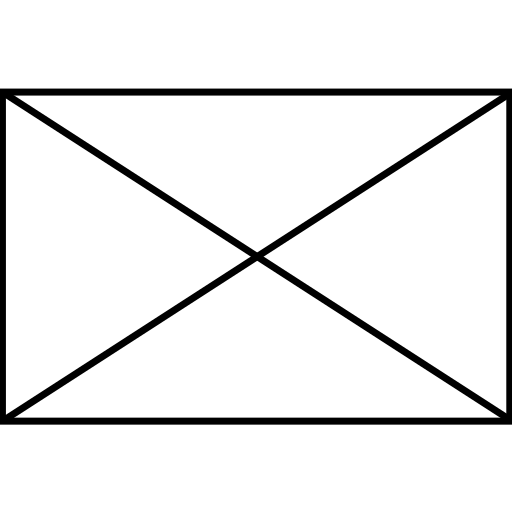


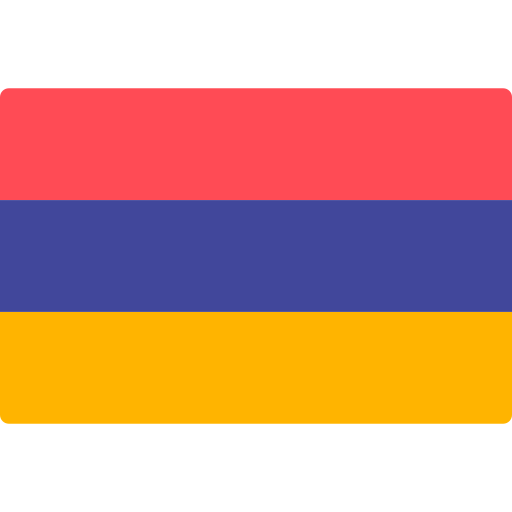































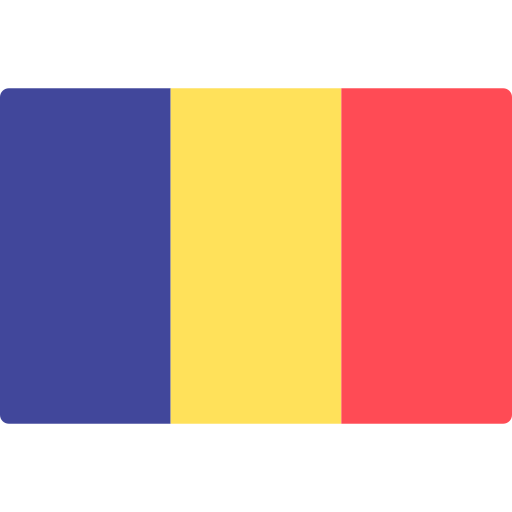


































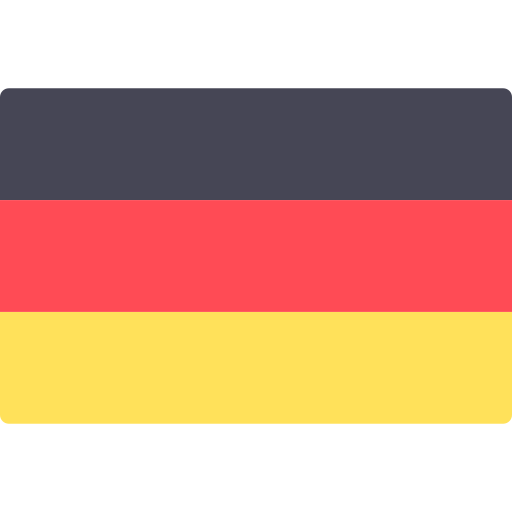




































































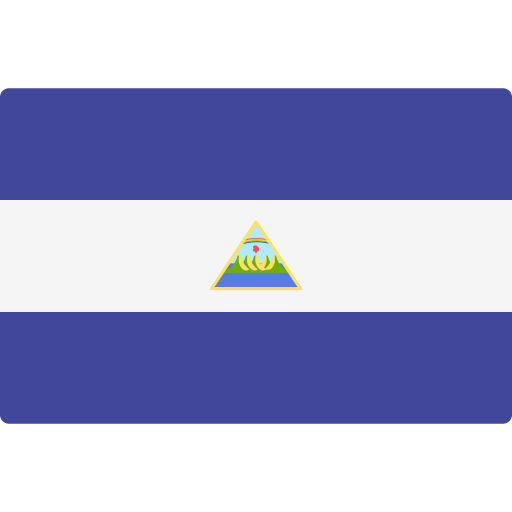






































































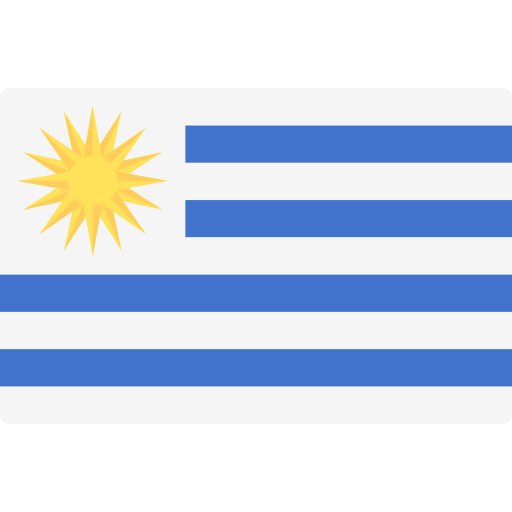



























Great interview, Doug & Dave!
Thank you, ZQ.